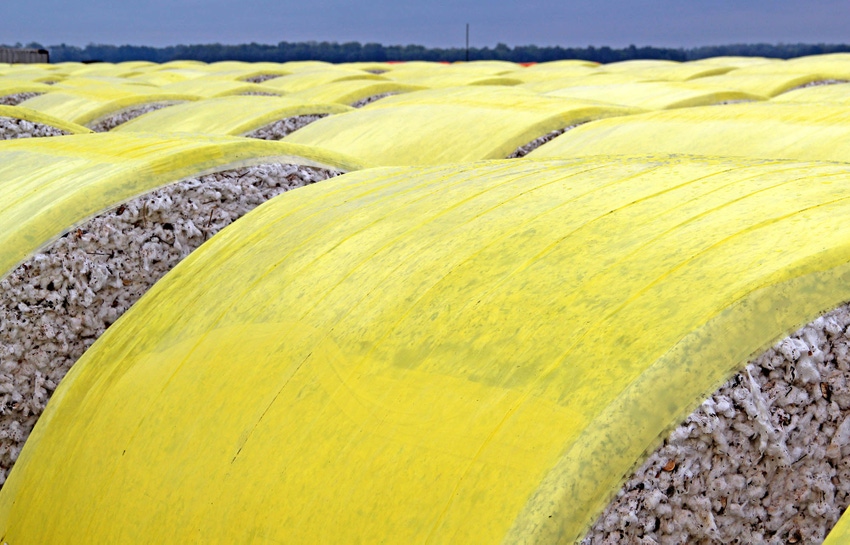October 10, 2012

The NCC is encouraging ginner participation in two harvest season programs – contamination prevention and bale packaging test programs.
The NCC continues to encourage ginners to make sure round module wraps are properly removed from seed cotton in a manner that prevents any wrap from entering ginning systems and baled cotton. As part of that effort, the NCC is urging ginners to display in prominent locations the NCC posters that were recently distributed to all US gins.
The posters and an earlier bulletin from NCC President/CEO Mark Lange are part of the NCC’s efforts to heighten grower and ginner awareness of the need to eliminate contaminants.
In memos to the NCC Board and to NCC textile manufacturer members, Lange emphasized that NCC staff are working closely with others on these efforts. The gin poster, for example, was a joint project involving the NCC, John Deere, Cotton Incorporated, USDA’s Office of Technology Transfer and the National Cotton Ginners Association.
“The NCC and its grower and ginner interest organizations want to hear about contamination incidents,” Lange said in the memo to manufacturers. “If your company has firsthand knowledge of a contamination event, I encourage you to share that information by completing a confidential online ‘Cotton Contamination Incident Report’ as some spinners have recently done.”
That report form can be accessed at www.cotton.org/tech/quality/ctncontamincidentreport.cfm.
Meanwhile, as in previous years, some ginners will have the opportunity to use materials in Joint Cotton Industry Bale Packaging (JCIBPC) experimental test programs (ETP), materials that may not meet current JCIBPC specifications. Ginners are reminded that USDA’s Commodity Credit Corp. grants variances for materials in JCIBPC-approved test programs that protect their grower’s program eligibility. This year, all ETPs approved by the committee are listed in the Specifications for Bale Packaging Materials and are at www.cotton.org/tech/bale/specs/test-program-review.cfm.
JCIBPC Chairman Stan Creelman reminded his fellow ginners that “the JCIBPC encourages feedback from participating gins, warehouses, shippers, mills and others who expect reliable performance from all approved and experimental packaging materials.”
Creelman also urged gins participating in an ETP to provide evaluations of their ETP material to the JCIBPC prior to its ’13 annual meeting “because the full Committee only meets once each year and that is the only time a firm has the opportunity to ask the JCIBPC for full approval or continued testing of materials and systems in an ETP.” The form for reporting bale packaging materials performance, including those in an ETP, is at www.cotton.org/tech/bale/index.cfm.
About the Author(s)
You May Also Like




